So wonderfully rich with chocolate and textured with hazelnuts. Altogether a great dessert for chocolate lovers everywhere.
My mouth is watering. That happens sometimes as I’m writing up a blog post. The picture is added into my writing/editing window first (after I’ve already sized it and added text to the photographs) and I get to stare at it while I write. I’m a sucker for chocolate and try so very hard not to have much. That recommendation that we not have more than an ounce a day . . . hmmm. I haven’t ever measured – my chocolate sin of choice is Ghiradelli dark chocolate chips. I have a container in my pantry and when I’m craving, I go grab a small handful – hopefully no more than about 8-10 of them. If I’m being good, I don’t go back to the container later in the day to have more. Right now – I’m writing this up about a week before Christmas – I’ve got Christmas cookies on hand, plus a plate full of new Christmas cookies given to me by friends, and I’ve got my favorite Bishop’s Bread that I made over Thanksgiving weekend. I’ve had a slice today, in lieu of a little mound of chocolate chips. As I write this, I’ve just made myself a second coffee latte and enjoyed the slice with it.
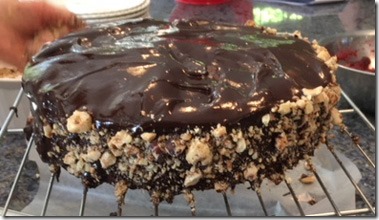 So, this cake. Oh my. I wish it was a purely flourless cake so I could make it for my cousin Gary, who must eat gluten-free. I suppose I could use a different cake batter to accommodate that. He loves-loves chocolate, so maybe I’ll do that for him. The cake is very light and fluffy, mostly because you separate the eggs and beat the whites and fold them into the cocoa-laden batter. The batter also has a lot of finely ground toasted hazelnut “flour” in it to give it a boost of hazelnut flavor. It’s baked in a higher-sided 8” cake pan (that you’ve buttered and dusted with cocoa powder). Once baked you allow it to cool before upending it and right side upping it again, then pouring a chocolate ganache over the top and down the sides. Meanwhile, you have slightly more chunky hazelnuts at-the-ready to gently pat onto the sides of the cake. Let it set for awhile so the ganache firms up, then slice and serve with sweetened whipped cream.
So, this cake. Oh my. I wish it was a purely flourless cake so I could make it for my cousin Gary, who must eat gluten-free. I suppose I could use a different cake batter to accommodate that. He loves-loves chocolate, so maybe I’ll do that for him. The cake is very light and fluffy, mostly because you separate the eggs and beat the whites and fold them into the cocoa-laden batter. The batter also has a lot of finely ground toasted hazelnut “flour” in it to give it a boost of hazelnut flavor. It’s baked in a higher-sided 8” cake pan (that you’ve buttered and dusted with cocoa powder). Once baked you allow it to cool before upending it and right side upping it again, then pouring a chocolate ganache over the top and down the sides. Meanwhile, you have slightly more chunky hazelnuts at-the-ready to gently pat onto the sides of the cake. Let it set for awhile so the ganache firms up, then slice and serve with sweetened whipped cream.
The recipe came from a cooking class with Tarla Fallgatter. You may not want to read the calorie count on this one – just know it’s a treat, and you’ll hopefully have only one slice. Make it to share with others. Then you’ll feel virtuous. Maybe.
What’s GOOD: the chocolate flavor is intense in this cake. Not for the faint of heart when it comes to the cocoa bean, for sure! It’s rich. Very filling, but oh-so-good.
What’s NOT: just the calorie and fat content, I’m afraid!
printer-friendly PDF and MasterCook 15/16 file (click link to open recipe)
* Exported from MasterCook *
Hazelnut Chocolate Torte (Cake)
Recipe By: from a cooking class with Tarla Fallgatter, 2017
Serving Size: 8
CAKE:
2 3/4 cups hazelnuts — toasted, skins removed (divided use)
3/4 cup unsalted butter — melted and cooled
3/4 cup Dutch-process cocoa powder — plus more for dusting the pan
1/3 cup all purpose flour
6 large eggs — separated
1/2 cup light brown sugar — packed
1 pinch salt
1/2 cup sugar
GANACHE:
12 ounces bittersweet chocolate — chopped
3 ounces heavy cream
WHIPPED CREAM:
1 cup heavy cream
2 teaspoons sugar
1/2 teaspoon vanilla
NOTE: the hazelnuts are used in the batter and also to press onto the sides, so note there are 2 quantities needed.
1. Preheat oven to 350°F. Butter an 8-inch cake pan (with 2″ sides), dust with cocoa powder and tap out the excess.
2. Grind 1-3/4 cups of the hazelnuts in a food processor with the flour. Pour out into a bowl and set aside. Process remaining hazelnuts to a medium texture and set aside (for patting onto the sides of the cake).
3. Mix together cocoa powder and hazelnut/flour mixture. Beat egg yolks and brown sugar until very thick.
4. In another bowl whip the egg whites with a pinch of salt added until it reaches soft peaks. Add the white sugar and beat until the peaks are stiff.
5. Fold egg white mixture into the egg yolk mixture in THREE additions. Pour the reserved cocoa mixture over the egg mixture; gently fold in with rubber spatula until just combined (some streaks may show). Fold in the melted and cooled butter.
6. Pour batter into prepared pan. Smooth the top. Bake until the center comes out clean, 35-40 minutes. Transfer cake to a wire rack to cool completely. Run a knife around the outside edge and invert cake onto the wire rack, then turn over, right side up. Allow cake to cool 15-20 minutes at least.
7. Place a piece of plastic wrap or parchment underneath the wire rack (to catch drips).
8. GANACHE: Place chocolate in a small bowl. Bring cream to a boil and pour over the chocolate pieces and let stand for 5 minutes. Stir until all the chocolate has melted and mixture is smooth. Set aside until thickened to the consistency of thick cake batter, about 10-15 minutes.
9. Pour chocolate ganache over the top of the cake and use an offset spatula to gently coax the ganache barely over the edges, using spatula to spread on the sides as much as possible. If there is enough ganache make a second coat of frosting on the cake. Press the reserved hazelnuts on the sides of the cake, pressing in so the nuts will hold. Dust top of cake with a bit of cocoa powder. Serve with whipped cream.
10. WHIPPED CREAM: In a bowl combine heavy cream and sugar. Beat until light and fluffy. Add vanilla and serve on top or alongside the cake slice.
Per Serving: 1002 Calories; 91g Fat (74.9% calories from fat); 18g Protein; 50g Carbohydrate; 11g Dietary Fiber; 261mg Cholesterol; 103mg Sodium.





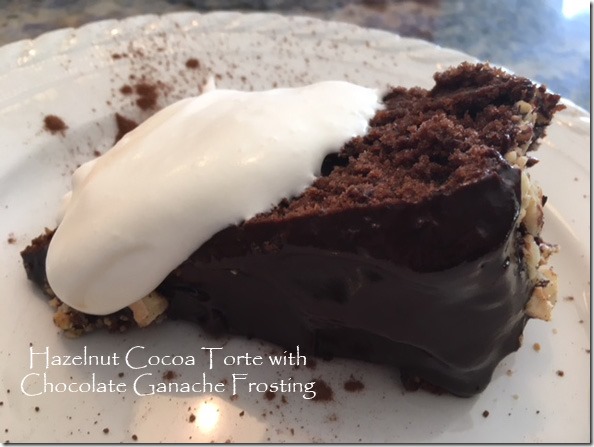

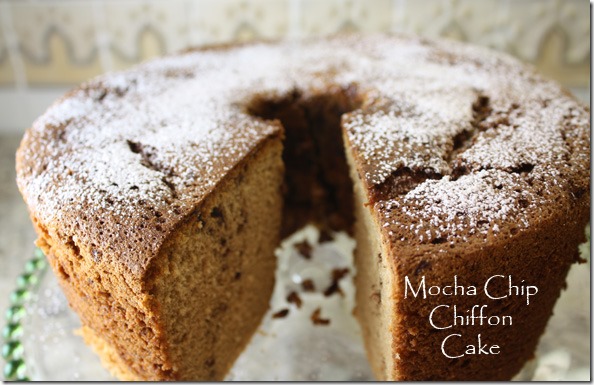
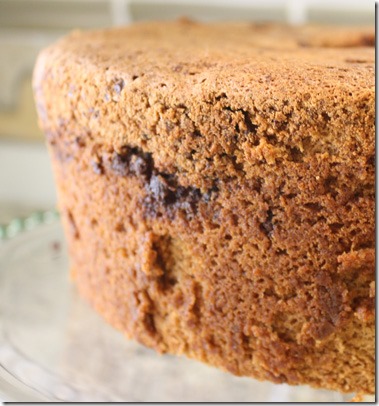
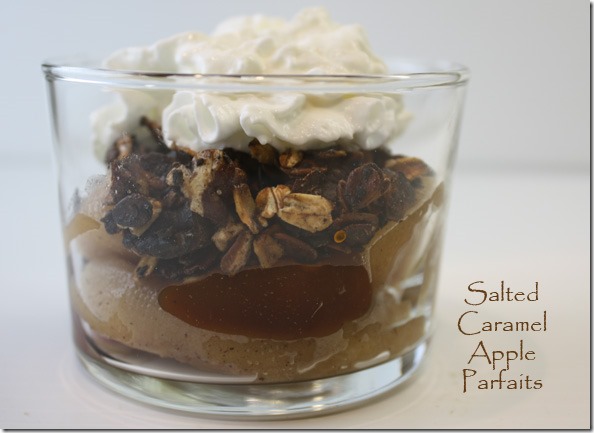
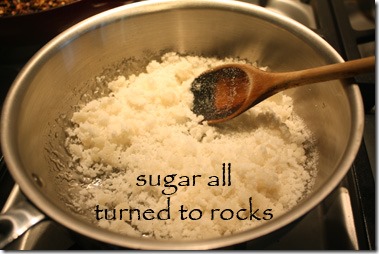
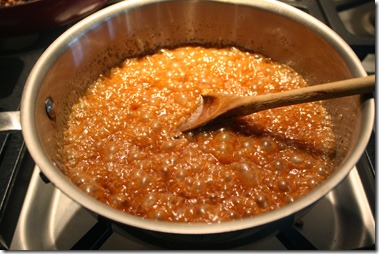
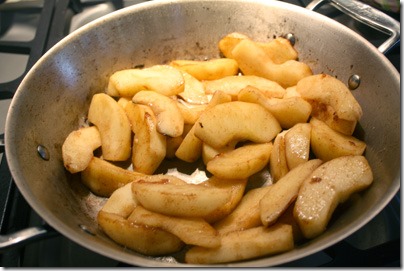
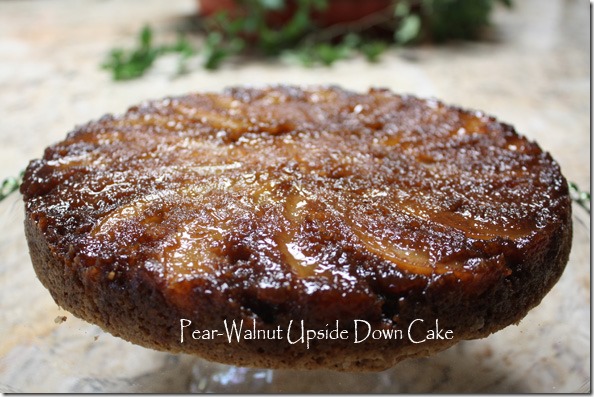
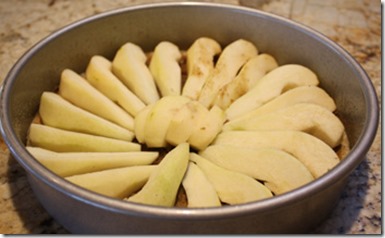
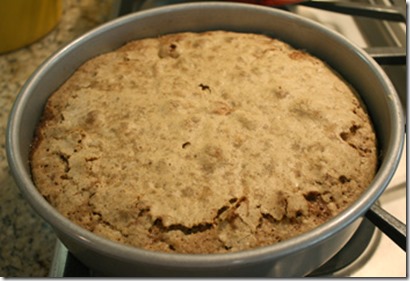
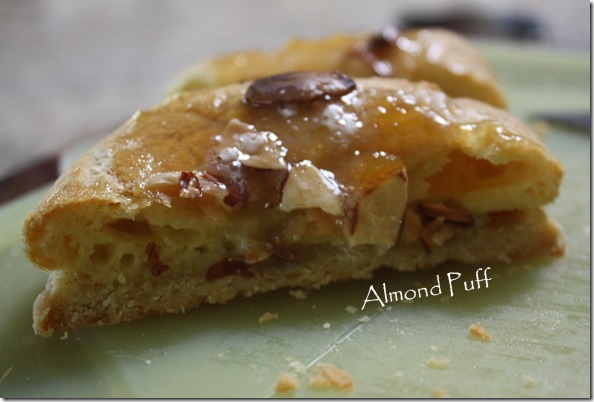
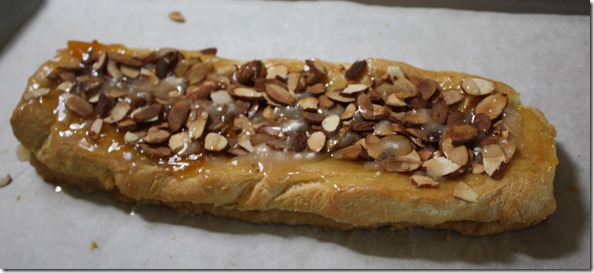
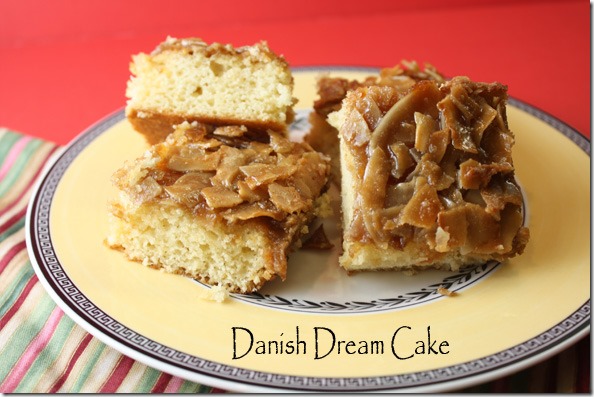
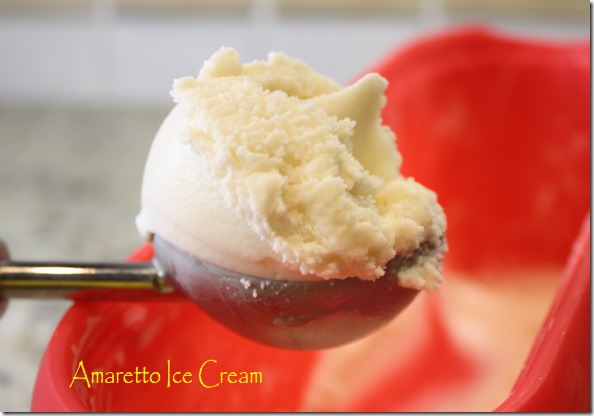
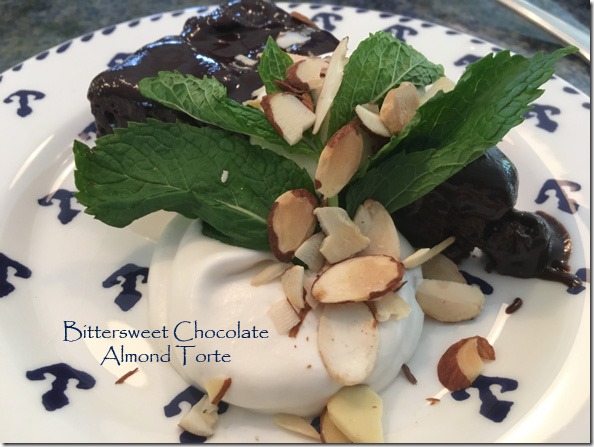
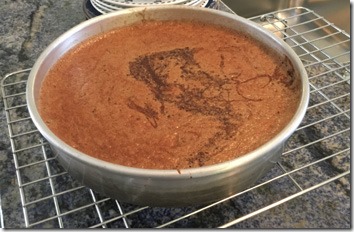
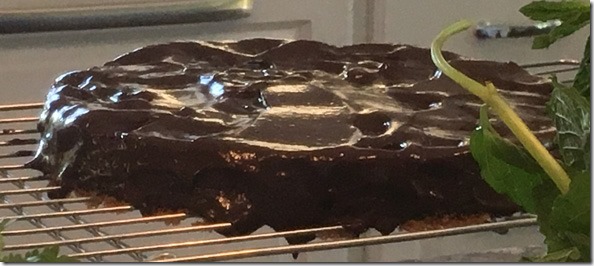
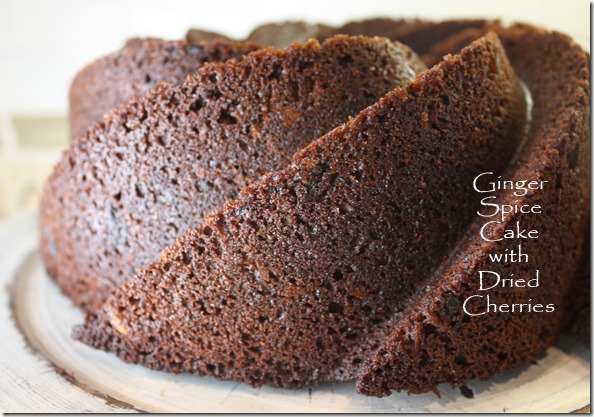
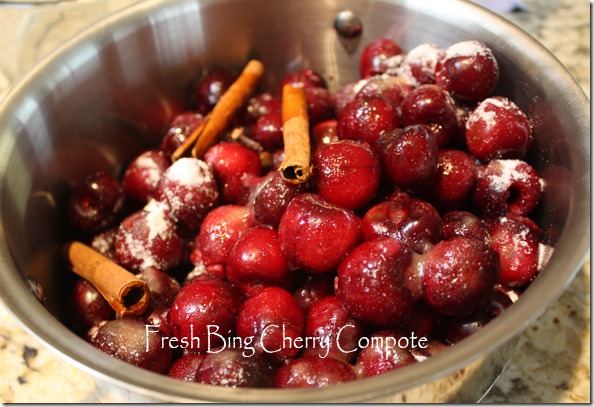
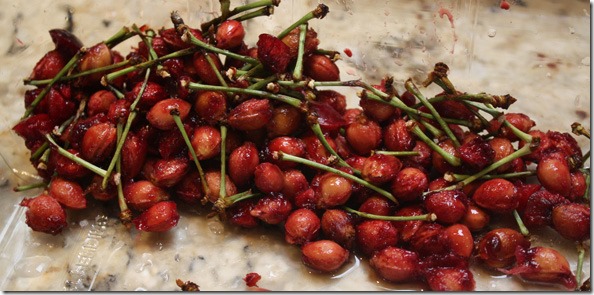
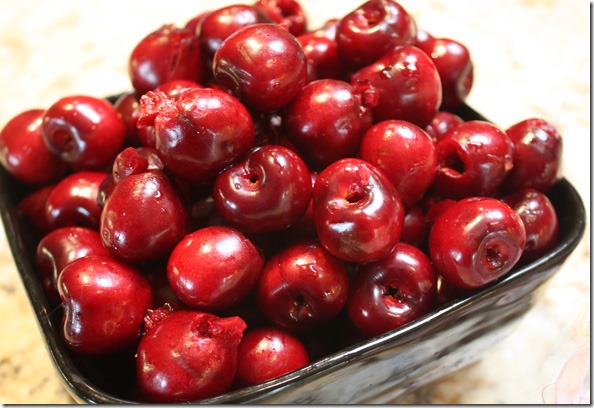
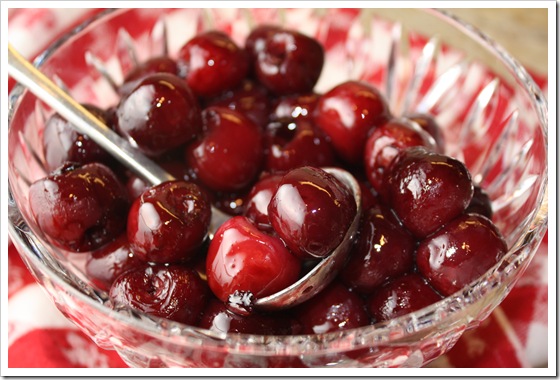
Leave a Comment!